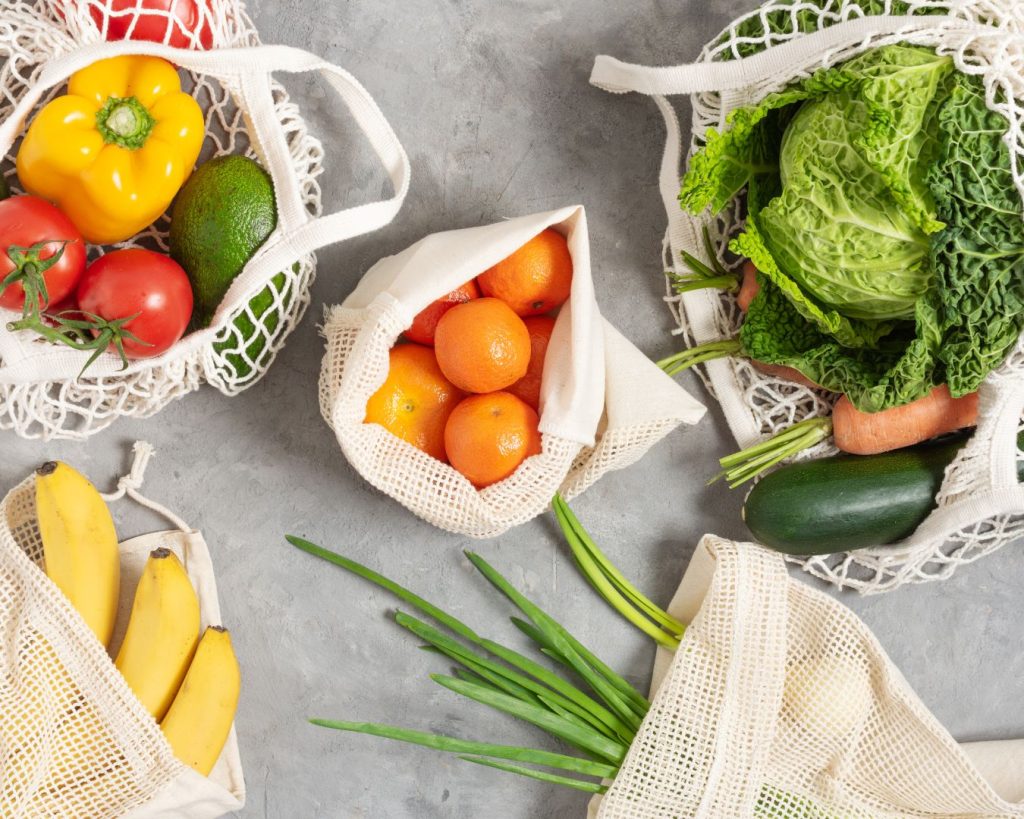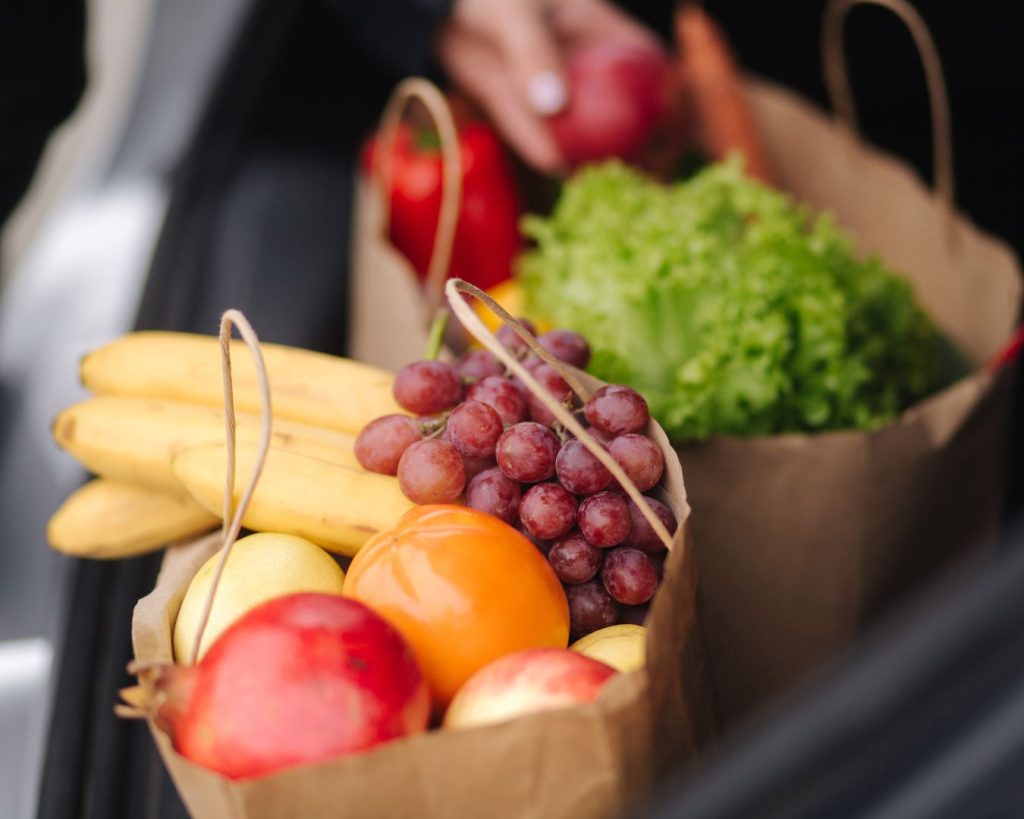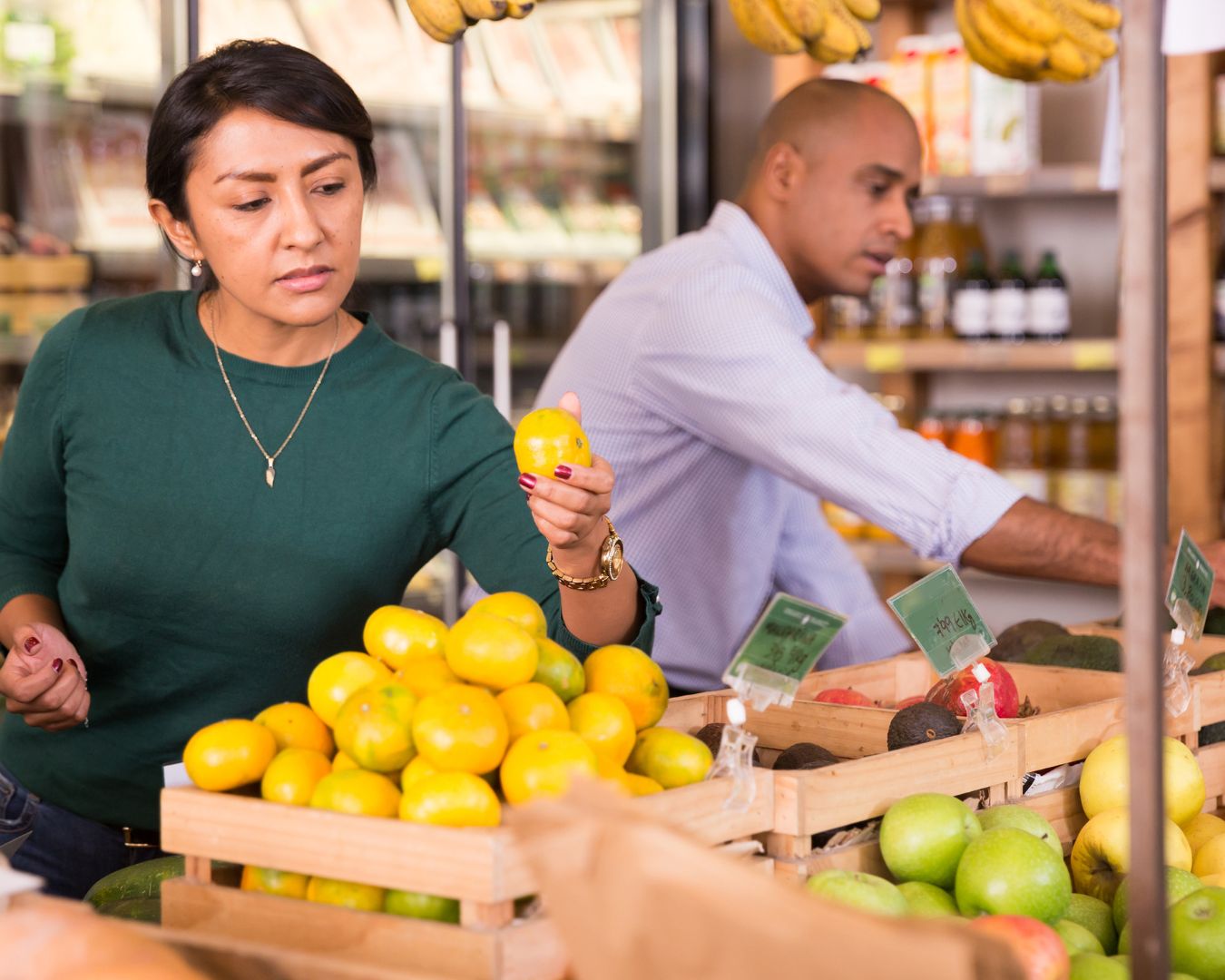How to Select and Store Fresh Produce
Selecting and storing fresh produce is essential to ensure that your fruits and vegetables stay as fresh, flavorful, and nutritious as possible. With a few simple tips, you can make the most out of your grocery store or farmer’s market visits, reducing waste and enjoying the best that each season has to offer. Here’s how to choose and store fresh produce effectively.
Selecting Fresh Produce
1. Choose Seasonal Produce:
- Benefits: Seasonal fruits and vegetables are often more flavorful, nutritious, and affordable.
- Tips: Research what’s in season in your area or ask at your local farmer’s market.
2. Inspect for Freshness:
- Look: Check for vibrant colors and firm textures. Avoid produce with bruises, mold, or blemishes.
- Feel: Gently squeeze fruits and vegetables. They should feel firm, not overly soft or mushy.
- Smell: Fresh produce often has a pleasant, natural aroma. Be wary of any sour or off smells.
3. Check Ripeness:
- Fruits: Look for fruits that are firm but give slightly under gentle pressure, indicating ripeness. Bananas, avocados, and tomatoes can ripen at home.
- Vegetables: Most vegetables should be firm and crisp. Root vegetables like carrots and potatoes should be free of sprouts and soft spots.
4. Buy in Small Quantities:
- Why: To maintain freshness, purchase produce in amounts you can consume within a week.

Storing Fresh Produce
1. Refrigerate Appropriately:
- Leafy Greens: Store in the crisper drawer in a plastic bag with a paper towel to absorb moisture.
- Berries: Keep in their original container or a shallow container lined with paper towels. Do not wash until ready to eat.
- Carrots and Celery: Store in a container with water or wrapped in damp paper towels in the fridge.
2. Room Temperature Storage:
- Bananas: Store at room temperature until ripe, then refrigerate to slow further ripening.
- Tomatoes: Keep on the counter away from direct sunlight to preserve flavor and texture.
- Onions and Potatoes: Store in a cool, dark place with good air circulation. Avoid storing them together, as onions can cause potatoes to sprout.
3. Special Cases:
- Avocados: Store at room temperature until ripe. Once ripe, refrigerate to extend freshness.
- Herbs: Treat like fresh flowers; place stems in a glass of water and cover loosely with a plastic bag. Store in the fridge.
- Mushrooms: Keep in a paper bag in the refrigerator to prevent moisture buildup and sliminess.
4. Extend Shelf Life:
- Freeze: Many fruits and vegetables can be frozen for later use. Wash, chop, and blanch (if necessary) before freezing in airtight containers.
- Pickle or Can: Preserve produce by pickling or canning to enjoy seasonal flavors year-round.

Additional Tips
- Separate Ethylene Producers: Some fruits, like apples and bananas, emit ethylene gas, which can speed up the ripening of other produce. Store these separately to extend the life of your other fruits and vegetables.
- Use Produce Bags: Reusable produce bags can help maintain the proper humidity level for different types of produce, extending freshness.
- Regularly Check Inventory: Go through your produce regularly to spot items that are ripening faster and use them first to prevent waste.
Selecting and storing fresh produce properly can make a significant difference in the quality and longevity of your fruits and vegetables. By following these tips, you can enjoy fresh, nutritious produce, reduce food waste, and save money. Happy shopping and enjoy the bounty of fresh, delicious produce in your meals!

